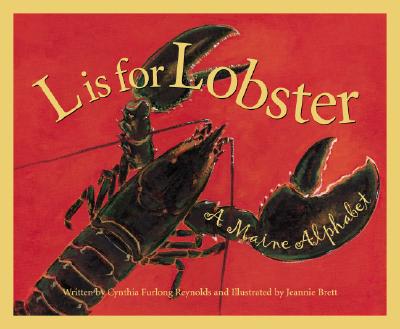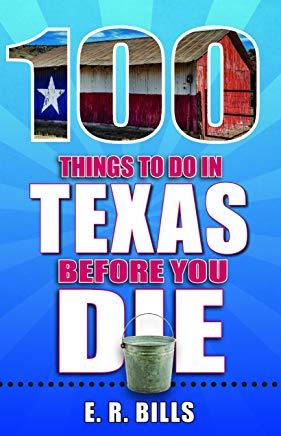
Beginning with the legendary presence of black pirates on Biscayne Bay, Marvin Dunn sketches the streams of migration by which blacks came to account for nearly half the city's voters at the turn of the century. From the birth of a new neighborhood known as "Colored Town," Dunn traces the blossoming of black businesses, churches, civic groups, and fraternal societies that made up the black community. He recounts the heyday of "Little Broadway" along Second Avenue, with photos and individual recollections that capture the richness and vitality of black Miami's golden age between the wars.
A substantial portion of the book is devoted to the Miami civil rights movement, and Dunn traces the evolution of Colored Town to Overtown and the subsequent growth of Liberty City. He profiles voting rights, housing and school desegregation, and civil disturbances like the McDuffie and Lozano incidents, and analyzes the issues and leadership that molded an increasingly diverse community through decades of strife and violence. In concluding chapters, he assesses the current position of the community--its socioeconomic status, education issues, residential patterns, and business development--and considers the effect of recent waves of immigration from Latin America and the Caribbean.
Dunn combines exhaustive research in regional media and archives with personal interviews of pioneer citizens and longtime residents in a work that documents as never before the life of one of the most important black communities in the United States.







